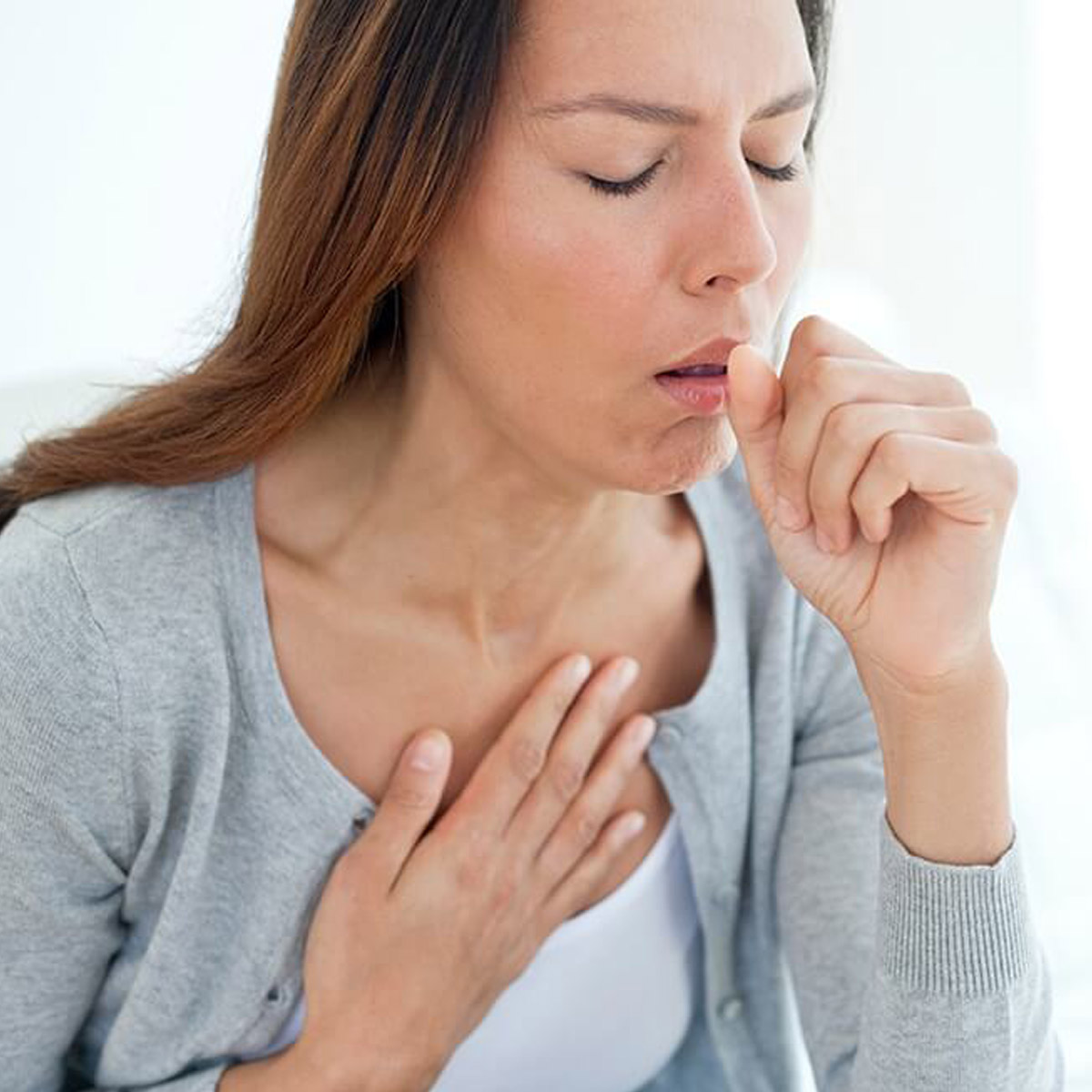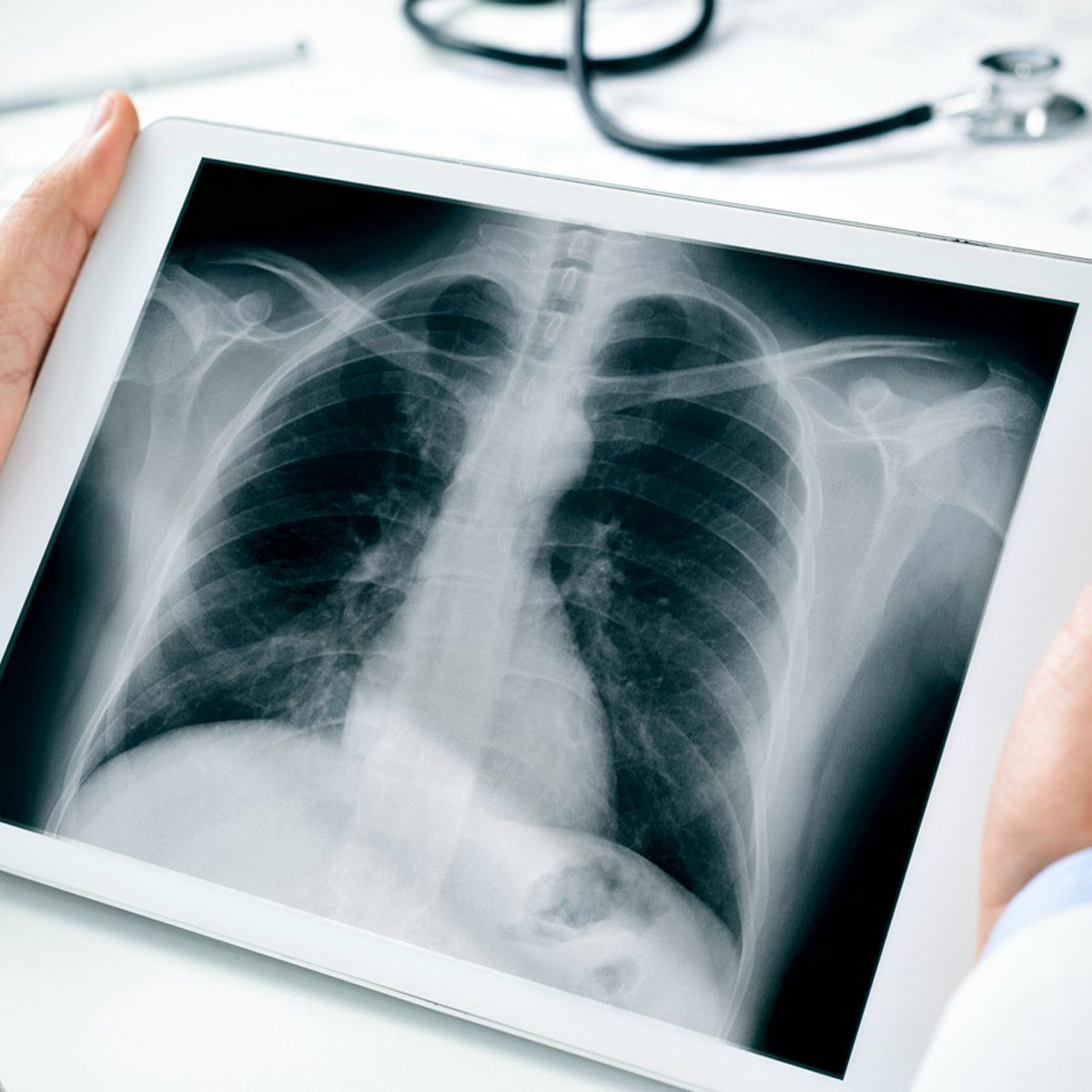COPD
According to the world health organization, chronic obstructive pulmonary disease (COPD) is amongst the top 3 leading causes of deaths in the world accounting for about 6% of total deaths. (Reference)
More than 90% of COPD deaths occur in low and middle-income countries. (Reference)
COPD, or chronic obstructive pulmonary disease, collectively refers to diseases that cause airflow blockage and breathing-related problems. It includes:
- chronic bronchitis
- emphysema

What causes problems in COPD?
1. chronic bronchitis – long-term inflammation of the airways.
Bronchial tubes carry air to and from the air sacs of lungs. Inflammation of its lining occurs and cause narrowing of the air passages. Lungs produce more mucus which further narrows or even blocks the tubes. Daily cough develops to try and clear airways.
2. emphysema – damage to the air sacs in the lungs
Damage of alveoli due to exposure to cigarette smoke, other irritants, gases etc. occur. Walls of alveoli become weak and collapse during exhalation impairing airflow out of lungs and causing difficulty in breathing.
In COPD, the body either doesn’t get enough oxygen or there is high level of carbon dioxide in the body further causing complications.
The symptoms of COPD progressively worsen and persistent breathlessness on exertion eventually leads to breathlessness at rest. With proper management, most people with COPD can achieve good symptom control and quality of life, as well as reduced risk of other associated conditions.
Factors that may increase the risk of developing COPD:
- Cigarette smoking and passive smoking or second-hand smoke are major risk factors for developing COPD.
- Asthma may be a risk factor for developing COPD. The combination of asthma and smoking increases the risk of COPD even more.
- Long term occupational exposure to dusts and chemicals fumes, vapors in the workplace can irritate and inflame lungs.
- People, especially in the developing world, who are exposed to fumes from burning fuel for cooking and heating in poorly ventilated homes have a higher risk of developing COPD.
- The rare genetic disorder alpha-1-antitrypsin deficiency is the cause of some cases of COPD. Other genetic factors likely make certain smokers more susceptible to the disease.
- Early life events such as poor growth in utero, prematurity, and frequent or severe respiratory infections in childhood that prevent maximum lung growth.

Complications of COPD
COPD can cause many complications, including:
- Respiratory infections
- Heart problems
- Lung cancer
- High blood pressure in lung arteries or pulmonary hypertension
- Depression
COPD – Diagnosis & Management
For diagnosis and management via medicines, contact your physician for further details.

Sign & Symptoms of COPD
COPD symptoms could sometimes appear late and when damage of lungs has occurred. These could further worsen over time.
Some important signs and symptoms of COPD may include:
- Increasing breathlessness – may occur initially during exercising or at times at night to disrupt sleep.
- A persistent chesty cough with phlegm that does not go away.
- Frequent chest infections
- Persistent wheezing
- Lack of energy
- Unintended weight loss (in later stages)
- Swelling in ankles, feet or legs
- People with COPD are also likely to experience episodes called exacerbations, during which their symptoms become worse than the usual day-to-day variation and persist for at least several days.

Oxygen therapy
Oxygen therapy not only improves quality of life, it also may improve prognosis. If enough oxygen is not reaching the lungs, additional oxygen may be required which can be delivered through various devices including lightweight and portable units. This can enable people to become mobile and be involved in activities.
Pulmonary rehabilitation program. These programs generally combine education, exercise training, nutrition advice and counselling. It may reduce readmission to hospital.
In-home non-invasive ventilation therapy. Breathing devices, e.g., bilevel positive airway pressure (BiPAP) can be useful to improve well-being of people faced with COPD. Such machines when used with different types of masks can improve breathing and decrease carbon dioxide in the blood.
For more details visit the following link




